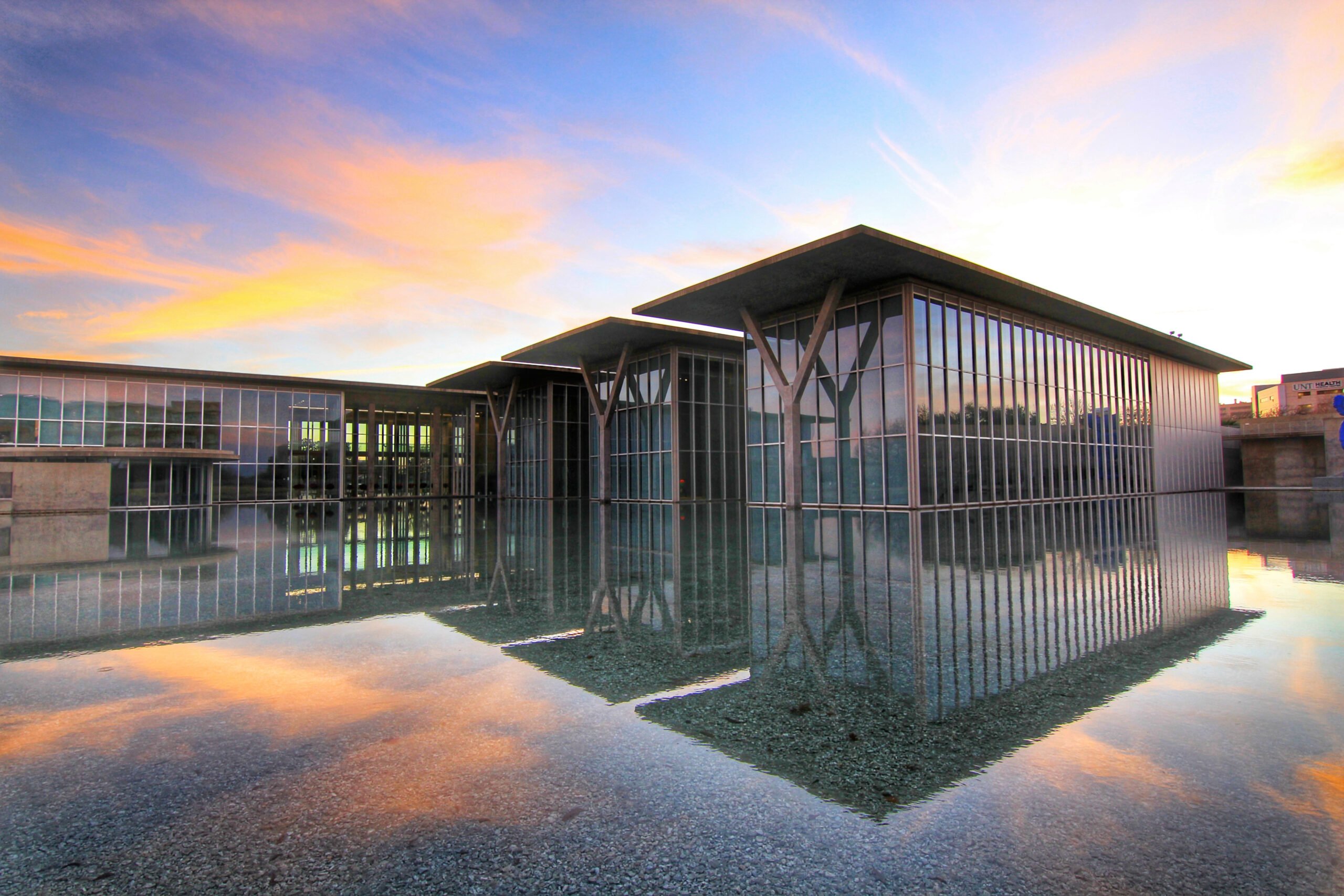ustxtxb_obs_2003_04_25_50_00025-00000_000.pdf
Page 22
Patti Smith, Query for Harry Smith, 2002 been a silkscreen of the towers,” Smith said, referring to the late pop-artist, as she explained why she chose the medium she did. Indeed, on the surface, her conscious evocation of Warhol seems obvious enough. The repetition, the emphasis on a ubiquitous media image, and the formalistic rigidity all suggest her loyal affiliation with her old friend. Warhol’s images, however, numb the viewer into emotional torpor. Smith’s towers, by contrast, inspire an unrelenting and acute emotional awareness. The frigidity inherent in the repetitious silkscreen medium fractures as the hot steel latticework threatens to slip into the earth. This tension taps in us an urgent longing to feel more, seek more, and understand more about this seemingly unthinkable moment. Before it disappears. Before the rescue crews arrive. Before CNN “Warhols” it into a piece of eye candy. “We’ll never forget:’ the popular bumper sticker declares. Smith’s Twin Tower silkscreens force us to think beyond slogans and contemplate the very nature of our collective memory. nauseum denies the viewer an emotional foothold. It dulls the edge of pain and loss, leaving no questions to ask, no feelings to disentangle, no future to contemplate. The crash is over. There’s only wreckage to clear. Blood stains to wash away. Smith’s portrayal of the crumbling south tower, by contrast, never comes to rest. It presents not a set of morally neutral images but rather, as she puts it, “the momentary end of things.” Momentary. The hulking mass of steel and cable wavers on the brink of oblivion, momentarily suspended between the last gasp of life and death. It’s the momentary nature of the towers that brings us beyond ironic detachment and towards an appreciation of the ephemeral nature of our material lives. We are asked to contemplate the momentary end of sanity, the momentary end of peace, the momentary end of human decency, the momentary end of whatever it was before September 11 that made us happy. Through such a bold requestone that eschews the affected cerebral dressing and ironic distance that taints so much contemporary artSmith’s Twin Tower images refuse to let us off the hook. Instead, they imbue the act of looking with genuine emotional heftagain, in a way that so much contemporary art fails to do. \(It’s no surprise that Smith prefers nineteenth-century literature to contemporary writing: “Give me pable throughout Smith’s tower motif demands a response. “May they never be built again,” she writes of the towers. But, of course, as she fully knows, the towers will be built again; they will rise from the ashes. Even their end will be momentary.We must therefore act on “the ache in the chest for engaging in a response to a public tragedy.”We must make a choice. It’s a rare experience today to walk into a contemporary art gallery where there’s something actually at stake. Smith has done just that with profound subtlety and sensitivity. As the war in Iraq creeps on, she continues to choose hope. When asked about the underlying strain of optimism running through her tower series, she said that she will fight against despair “as long as I have breath, hope, children; as long as I have a desire for the future. I love tradition, art, and nature, so why would I accept the end of things?” Always seeing the political in the aestheticshe has garnered further strength through her tower images and reiterated that “I am totally opposed to nationalism.” We need, she said, “to start a global anti-war movement.” Later in the evening Houston’s art mob gathered to celebrate the show at the home of an art patron. Smith arrived with her boyfriend, Oliver Raywho is in his early thirties along with Ray’s parents. \(Smith is older than Oliver’s mothcollection of contemporary art lining the walls. Smith politely refused the glass of wine offered to her, held her hands behind her back, and studied the twisting abstractions of Robert Rauchenberg, James Rosenquist, and Helen Frankenthaler, remaining quiet throughout. Approaching a series of Robert Mapplethorpe photos, she froze and her gray eyes became wistful. “I remember seeing these in his studio:’ she aid. Then, as we left the room, she noticed sitting on a bookshelf a snapshot of a little boy. “You know,” she said, pointing to the picture as we approached yet another painterly abstraction, “that is the most beautiful creation of all.” James McWilliams is a writer in Austin. 4/25/03 THE TEXAS OBSERVER 25


